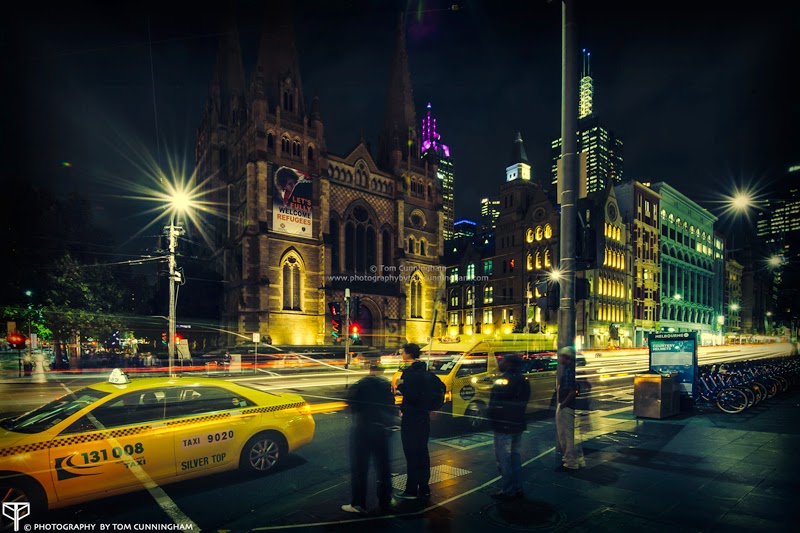Difference between revisions of "St. Pauls Cathedral of Melbourne"
| (One intermediate revision by the same user not shown) | |||
| Line 1: | Line 1: | ||
;[[Melbourne]] | ;[[Melbourne]] | ||
| − | + | [[File:Staint Pauls Cathedral of Melbourne2.jpg]] | |
| + | <br> | ||
| + | <br> | ||
St Paul's Cathedral is an Anglican cathedral in Melbourne, Victoria, Australia. It is the cathedral church of the Diocese of Melbourne and the seat of the Archbishop of Melbourne who is also the metropolitical archbishop of the Province of Victoria and, since 28 June 2014, the present seat of the Primate of Australia. | St Paul's Cathedral is an Anglican cathedral in Melbourne, Victoria, Australia. It is the cathedral church of the Diocese of Melbourne and the seat of the Archbishop of Melbourne who is also the metropolitical archbishop of the Province of Victoria and, since 28 June 2014, the present seat of the Primate of Australia. | ||
Latest revision as of 05:21, 17 March 2016

St Paul's Cathedral is an Anglican cathedral in Melbourne, Victoria, Australia. It is the cathedral church of the Diocese of Melbourne and the seat of the Archbishop of Melbourne who is also the metropolitical archbishop of the Province of Victoria and, since 28 June 2014, the present seat of the Primate of Australia.
History
1862 lithograph of Melbourne from Princes Bridge, showing on the right the predecessor St Paul's Church Repair work on the spires, 2004
St Paul's Cathedral is built on the site where the first public Christian service in Melbourne was conducted in 1835. The area of the current site became a corn market until 1848, when it was made available for the construction of St Paul's Parish Church, a bluestone church. The Church of St Paul the Apostle, consecrated in 1852, remained in use as a parish church until its demolition in 1885 to make way for the current cathedral.
A distinguished English architect, William Butterfield, designed the cathedral, in the architectural style of Gothic transitional. The foundation stone was laid in 1880 and, on 22 January 1891, the cathedral was consecrated by the Rt Revd Charles Perry, Bishop of Melbourne, in the presence of John, Earl of Hopetoun (later Marquess of Linlithgow), Governor of Victoria. St Paul's replaced St James Old Cathedral which then stood on the corner of William Street and Collins Street - later moved to a site near the Flagstaff Gardens. To fit the block, the cathedral edifice is orientated NNW.
The erection of the spires began in 1926, to the design of John Barr of Sydney superseding Butterfield's original design. The 1960s saw extensive work completed to the exterior of the cathedral and the T.C. Lewis organ was restored in 1989 by a major National Trust appeal. Major restoration works were completed in 2009 with significant repairs to the spires, the building of the Moorhouse Tower Lantern and the new processional doors.
Although there was no established church in colonial Victoria, most of the dominion's establishment were Anglicans and the Church of England (as it was then) was given the best site in Melbourne for its cathedral. At the time of its construction St Paul's was the tallest building in central Melbourne and dominated the city's skyline. The growth of multi-storey buildings in central Melbourne during the 20th century robbed St Paul's of its commanding position and restricted views from many angles. The construction of Federation Square, which involved the demolition of a pair of adjacent highrise buildings, the Gas and Fuel Buildings, has improved the cathedral's visibility from the south.